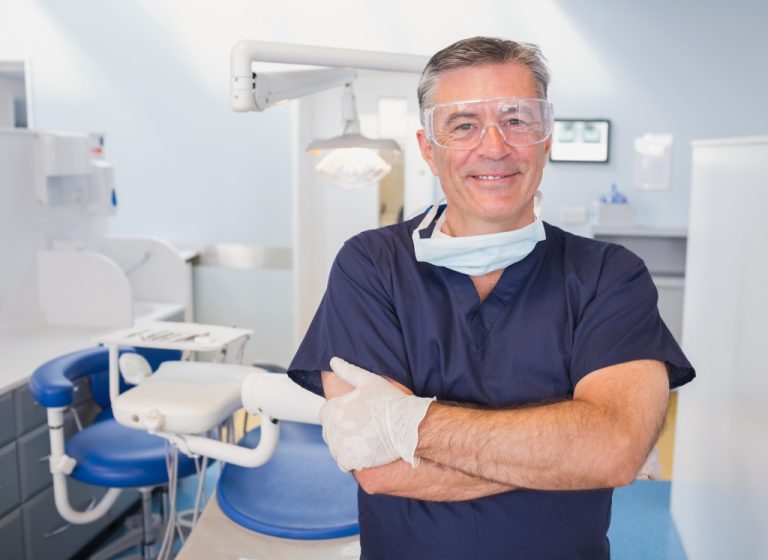COVID-19 has affected almost all industries, but one that has suffered rather badly is the creative industry. Photographers, in particular, have all lost bookings due to the strict social distancing regulations. But it’s necessary, because the world seems far from eliminating the virus yet.
That said, let’s find out how the photography industry has been coping, and how they can bounce back.
Revenue Decline
Since their services are more of a luxury than a necessity, photography isn’t considered an essential business and were thus forced to stop offering their services in the meantime. Consequently, they suffered a drop in demand.
But on established photographers, the impact is considerably less. Brands that have been working with the same product photographer may still be business as usual, albeit making the necessary adjustments for their safety. However, as an industry, photography still dealt with a temporary drop in revenue.
Wedding photographers, for example, have definitely felt the impact of cancelled ceremonies. The same was the case for sports photographers, who have lost all of their bookings to the postponed sporting events. In-studio photographers experienced a decline in business, too, with their clients keen to avoid close human contact.
But there’s a light at the end of the tunnel. Cases may still be emerging every day, but the economy is on the move again. In America,50 states have already re-opened since April, while in other countries, travel restrictions have been eased and nonessential businesses are allowed to resume operations.
How Photo Shoots are Held in the New Normal
Brands that couldn’t do a studio shoot have been improvising. Zara, among other fashion brands, is leveraging the power of “at-home chic”, which has become a growing market trend. To carry this out, they’ll send clothing to their models’ doorsteps, and interact with them only via Zoom.
The models will then have to act as a jack of all trades. Aside from posing, they’d also be their own makeup artists, hairstylists, lighting crew, and photographer at once.
This strategy has proved effective for Zara, as they were able to release a new collection and tap into an undiscovered aesthetic. They’ve also saved 80% on studio costs.
The photos aren’t heavily edited; some brands opt to keep the raw look, or “professionalize” the photos by sending photography guides to their models.
DIY Photo Shoot
If your products don’t need to be photographed with a model, you can absolutely do the photo shoots yourself. You only need a high-quality camera (a smartphone with an excellent camera will do), tripod, white background, natural light, table or chair, white foam board (to substitute for a reflector), some tapes, and a photo-editing software/app.
Simply set up your white background directly across from a window to get all the lighting you need. Lay down your products on the table, then place the reflector where it’s needed. Secure the background with tapes, then mount your camera on a tripod. Once you’re satisfied with your setup, you may start taking shots. Take as many as you can with all angles possible.

Virtual Photo Shoot
It is actually possible to hold a photo shoot without a camera and a physical location. Sounds absurd, but that’s because what you need is just a 3D model of your product.
Most companies don’t have such a model on hand, so they partner with a 3D design agency. They’ll make you a simulated view of your products on real-life models. If you’re selling garments, their sizes, fit, and cut will be tailored for the model. In other words, the 3D model of your product will be an augmented reality piece.
New Habits to Adopt in Photo Shoots
Even after we flatten the curve, the world will most likely continue practicing social distancing and frequent disinfecting. Photographers will need to adapt as well. They need to bring hand sanitizers to every shoot and keep physical contact to a minimum. Posing directions have to be given verbally, and the touching of surfaces has to be done with increased awareness.
The photographer and their crew have to take frequent hand-washing breaks as well. It may all seem like common sense, but during a photo shoot, the entire crew is usually “in the zone”, causing them to lose focus on their surroundings that have nothing to do with the shoot.
How Photographers Can Recover
Photographers should use the pandemic to take advantage of the new marketing trends. As they wait for the crisis to subside, they can optimize their websites to improve their rankings on search engine results pages. This downtime is also an opportunity for them to review their post-production and album design. While they do that, they may also come across crash courses on new marketing strategies.
But most importantly, the pandemic isn’t a reason for them to stop honing their skills further. They can still come up with more creative ways to curate their portfolio or learn new techniques. When the virus finally goes away for good, they’ll definitely go back to business stronger than before.












